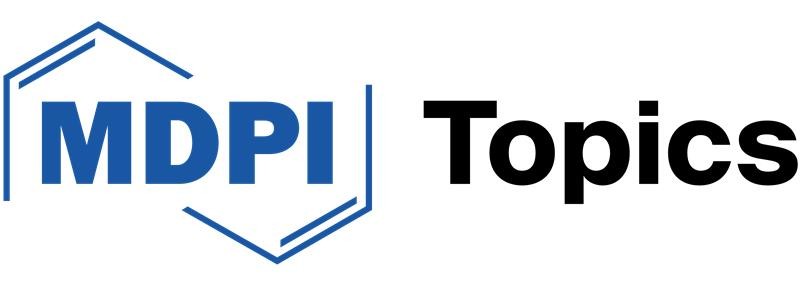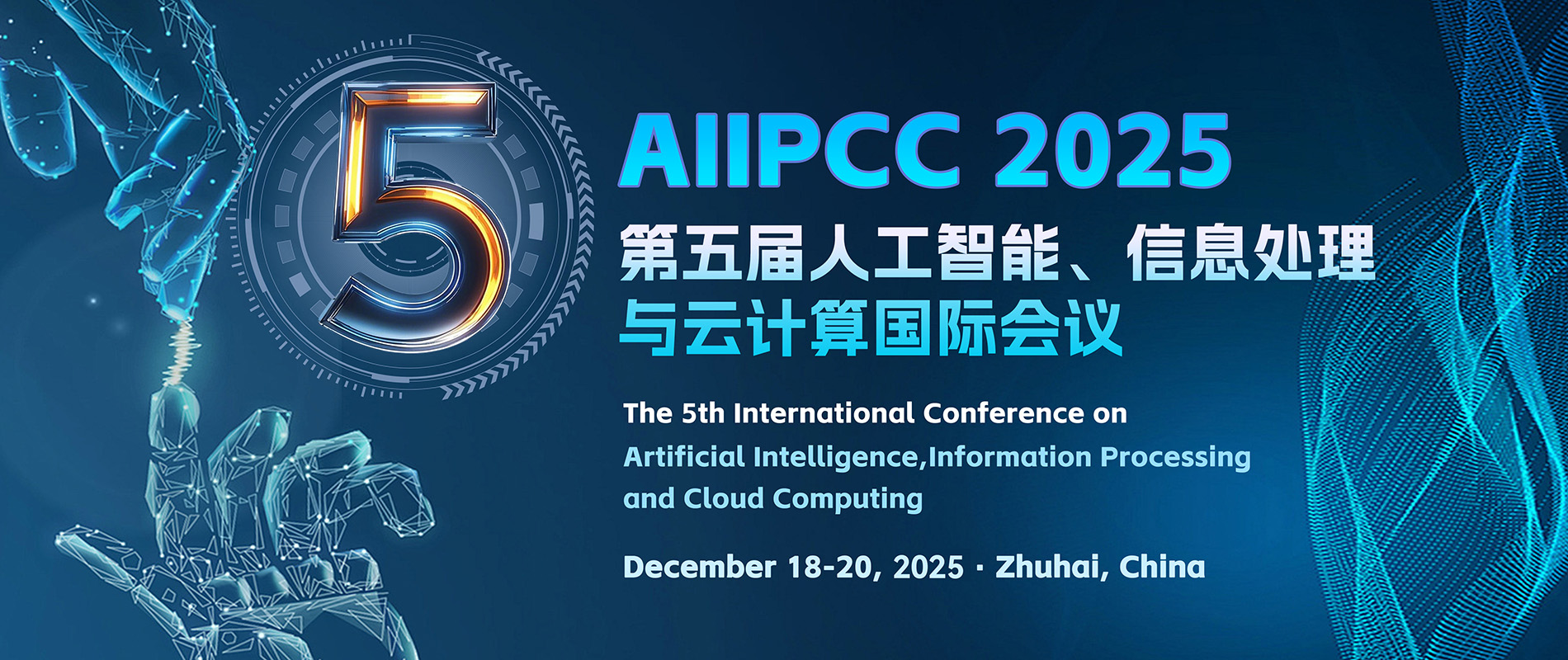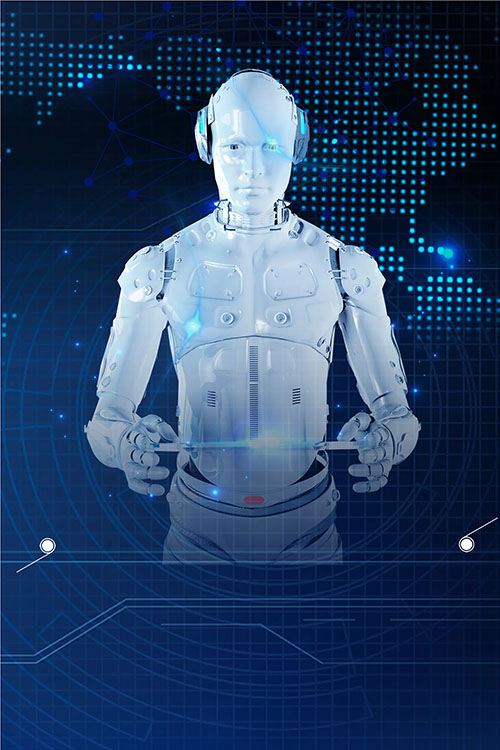 Submission Due: November 25,2025
Submission Due: November 25,2025Awarding Activity

To encourage high-quality academic exchanges, the 5th International Conference on Artificial Intelligence, Information Processing and Cloud Computing (AIIPCC 2025) has established the "Best Oral Presentation Award" and the "Best Poster Award", each divided into three levels, which are strictly evaluated by the session chairs based on academic contribution, clarity of expression and innovation. The content for evaluation must be an officially accepted and registered oral presentation or poster display.
o Best Oral Presentation Award: There are a total of six spots, with one first prize. Prizes: A cash award of CHF150 and a certificate jointly provided by MDPI and the organizing committee. Two second prizes: a cash award of 500 yuan provided by the organizing committee and a certificate. Three third prizes will be awarded. Prizes: a gift provided by the organizing committee and a certificate
o Best Poster Award: There are three spots in total, including one first prize winner. Prizes: A cash award of CHF150 and a certificate jointly provided by MDPI and the organizing committee. Second prize: 1 winner. Prize: 500 yuan in cash provided by the organizing committee and a certificate. There will be one third prize winner. The prize is a gift provided by the organizing committee and a certificate
About AIIPCC 2025
The emergence and development of cloud computing technology is of great significance to the innovation and development of electronic information technology, which enables electronic information technology to play a role in many fields and promotes the further development of science and technology. The different stages of the combination of artificial intelligence and big data and its specific application in the processing and analysis of big data can better promote the development and progress of society in the same time.
The 5th International Conference on Artificial Intelligence, Information Processing and Cloud Computing (AIIPCC 2025),which is organized by University of Macau Advanced Research Institute in Hengqin, will be held in Zhuhai, China during December 18-20, 2025. On behalf of the organizing committee, we would like to cordially invite experts and participants from academia and industry to participate in AIIPCC 2025!
As a platform for international communication, AIIPCC 2025 aims to provide an opportunity for worldwide experts, scholars, and practitioners to share their new findings & valuable experience in related issues, explore future research trends and also promote global collaborations. All full paper submissions will be peer reviewed by at least 2-3 independent reviewers based on research novelty, technical excellence, or unique applications in the real world.
Latest News
-
[Journal Support] We are grateful to MDPI for its strong support for this conference!
MDPI Topics takes interdisciplinary research as the theme and combines two or more journals as the platform, aiming to create an opportunity for scholars from different disciplinary fields to explore, exchange and collide the latest achievements. Each Topic is managed and planned by an external expert team composed of outstanding scholars from related disciplines, and enjoys the convenient and efficient publishing service support provided by MDPI. Authors can submit their articles to any MDPI journal participating in this Topic. The final published articles will be compiled and displayed on the Topics website.

- Intelligence & Robotics (IR) is an international peer-reviewed, gold open access, online journal. It publishes top-quality
unpublished original technical and non-technical application-focused articles on intelligence and robotics, particularly on the interdisciplinary areas of intelligence and robotics. The Journal seeks to publish articles that deal with the theory, design, and applications of intelligence and robotics, ranging from software to hardware. The Journal would be interested in the distributed development and maintenance of real-world intelligent and robotic systems by multidisciplinary teams of scientists and engineers.
Journal Website: https://www.oaepublish.com/ir

- 【Journal Recommendation】International Joural of Wavelets, Multiresolution, and Information Processing (IJWMIP) (Indexed in SCIE)

- Welcome to join AIIPCC 2025 as contributors, reviewers, speakers or attendees!
- AIIPCC 2019, AIIPCC 2021, AIIPCC 2022 and AIIPCC 2024 have all been successfully held! Check out the conference history.
- Welcome to join AIIPCC 2024 as contributors, reviewers, speakers or attendees.
- AIIPCC 2022 conference proceedings were indexed by EI Compendex and Scopus.
- The proceedings of AIIPCC 2022 were published online at https://www.vde-verlag.de/buecher/565932/aiipcc-2022.html.

- The proceedings of AIIPCC 2021 were published online at https://www.vde-verlag.de/buecher/565615/aiipcc-2021.html.

- The proceedings of AIIPCC 2019 were published online at https://dl.acm.org/doi/proceedings/10.1145/3371425.

- AIIPCC 2019-2021 conference proceedings were indexed by EI Compendex and Scopus.

Organizer

To further align with the development strategies outlined in the Overall Plan and Development Plan of the Macao Special Administrative Region (MSAR) and the Guangdong-Macao Deep Cooperation Zone, implement the MSAR's "1+4" strategy for appropriately diversified economic development, and promote comprehensive, in-depth cooperation between the MSAR and the Deep Cooperation Zone in the fields of industry, academia, and research, the University of Macau (UM) has established the University of Macau Advanced Institute in Hengqin (hereinafter referred to as "HUMRI") within the Deep Cooperation Zone. This initiative builds upon the foundation of the Zhuhai UM Science & Technology Research Institute (ZUMRI).
HUMRI focuses on applied research as its core mission, aiming to create an innovation system that integrates the innovation chain, industry chain, capital chain, talent chain, and value chain. It will introduce UM's high-quality research teams and outcomes to foster science and innovation practices. Furthermore, HUMRI will recruit full-time senior talents and high-caliber research projects domestically and internationally. Its goal is to vigorously promote the construction of a deeply synergistic "government, industry, research, and investment" science and innovation ecosystem within the Deep Cooperation Zone, and to build a seamless research, transformation, investment, and incubation value chain for scientific research commercialization. This will position HUMRI as a highland for talent, a source of innovation, and a high-energy-level transformation platform within the Deep Cooperation Zone.
CO-ORGANIZER
Research Institute on Frontier Technologies in Cyberspace Security, Nanjing University of Aeronautics and Astronautics, China
Publication and Index
AIICC 2025 All accepted and presented papers will be published by VDE Verlag GmbH, which will be included in the IEEE Xplore digital library and submitted for indexing by Ei Compendex, Scopus etc.


VDE Verlag GmbH is is the world's leading professional organization for electrical engineers and science and technology, and one of the best-known electrical engineering and information technology publishing houses, as well as the largest association of electrical/electronic/information and communication science and technology in Europe.
SPECIAL SESSIONS
Conference History




















Contact Us
Conference Secretary: Ms. Tracy Peng
Email: secretary@aiipcc.org
Telephone: +086-17362916541
QQ:1561944636


Secretary Peng
PASE Official Account
ZhuHai

Zhuhai is one of the "Top 40 Tourist Attractions in China" and our Special Economic Zone (SEZ). It is located on the west bank of the Pearl River, adjacent to Macau and across the sea from Hong Kong. Zhuhai is one of the earliest special economic zones established in China, and the only city in mainland China that is connected to Hong Kong and Macao at the same time by land. As an important window of China's reform and opening up and one of the special economic zones, Zhuhai is famous for its charming natural landscape, rich cultural heritage and dynamic economic development. Blessed with a unique geographical advantage, Zhuhai combines multiple natural landscapes of mountains, sea, islands and bays. Some of the most famous attractions include the statue of the Fisherwoman of Zhuhai, Hengqin Island and Lovers' Road.









